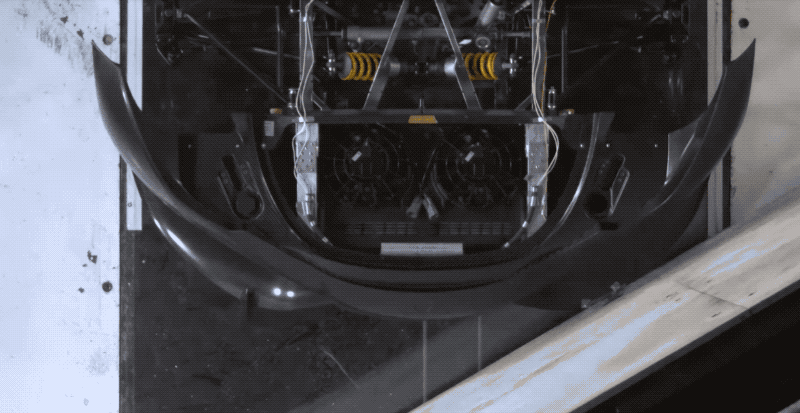How To Crash Test A $2 Million Koenigsegg Without Going Broke
Ever wondered how auto manufacturers crash test their million dollar hypercars without simultaneously racking up massive amounts of debt in the process? Well buckle up, because you're about to find out.
APEX ONE has done the world a wonderful favor by going behind the scenes to see how Koenigsegg crash tests its beautiful, expensive cars. Amazingly, it managed to do it in such a way that Koenigsegg don't blow all of their money just hitting millions of dollars of carbon fiber with a hammer.
Here are some more stats from APEX ONE to give you a sense of just how much is at stake when you're crash testing a hypercar like the Koenigsegg Regera:
If a major automaker needs to perform 16 crash tests for their new $25,000 sedan they can crash 16 cars and only lose $400,000 worth of product. For a company like Koenigsegg, 16 cars is a year's worth of production and a $30 million loss. Imagine if Toyota had to crash 900,000 cars every time they came out with a new generation of Toyota Camry.
If you can't watch the video, basically it's a rundown of how Koenigsegg preps their crash car so that it meets all the various complicated standards of crash test parameters. They go into the logistics of how they can't crash test tons of cars—they'd go broke, and they would be crashing a huge chunk of their production line.
What it comes down to is the actual design of the chassis itself: It draws from the design of Formula One cars in that it utilizes a carbon fiber monocoque with an aluminum honeycomb core structure. Essentially, you can crash these bad boys and walk away relatively unscathed.
It's the chassis that comprises the biggest part of the car—and the most expensive. In short: because Koenigsegg cars all use the same chassis as their base, they only need to crash test one chassis.
That doesn't make it any less entertainingly horrifying to watch these beautiful machines run into walls or get beat on by dudes with hammers. It just makes me feel a little more at ease while I'm watching.
